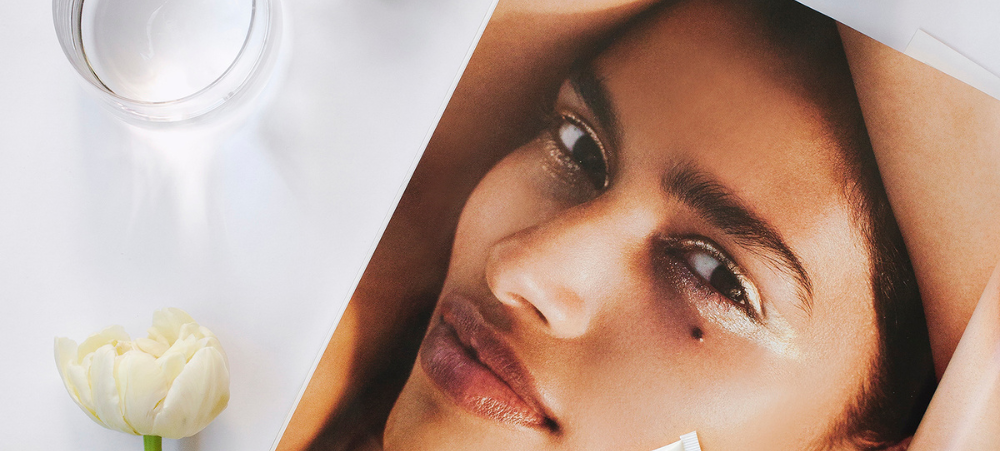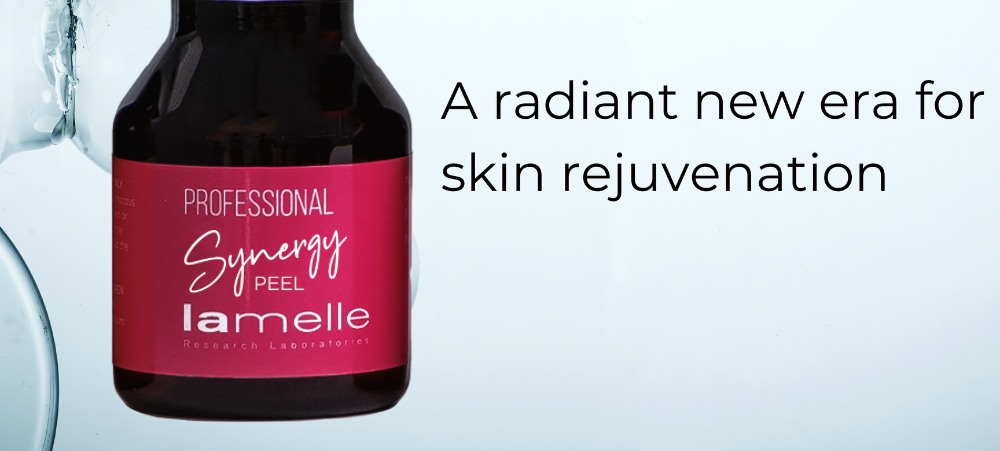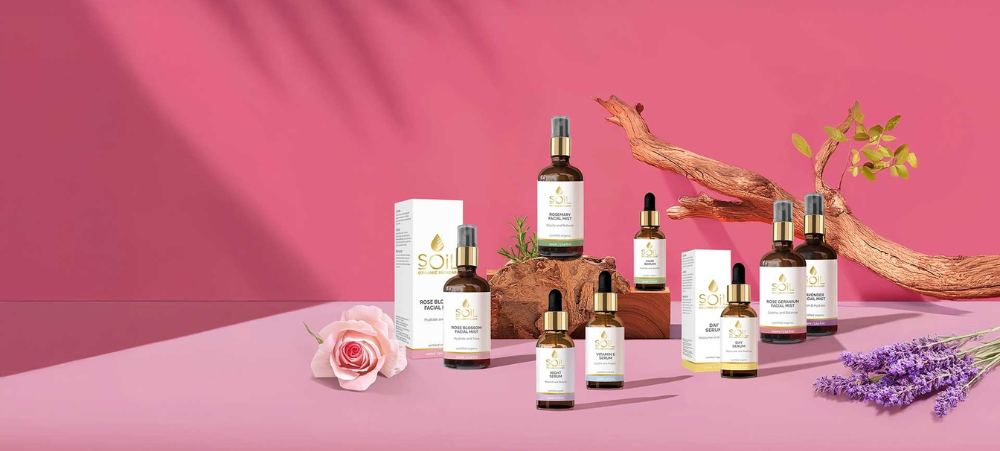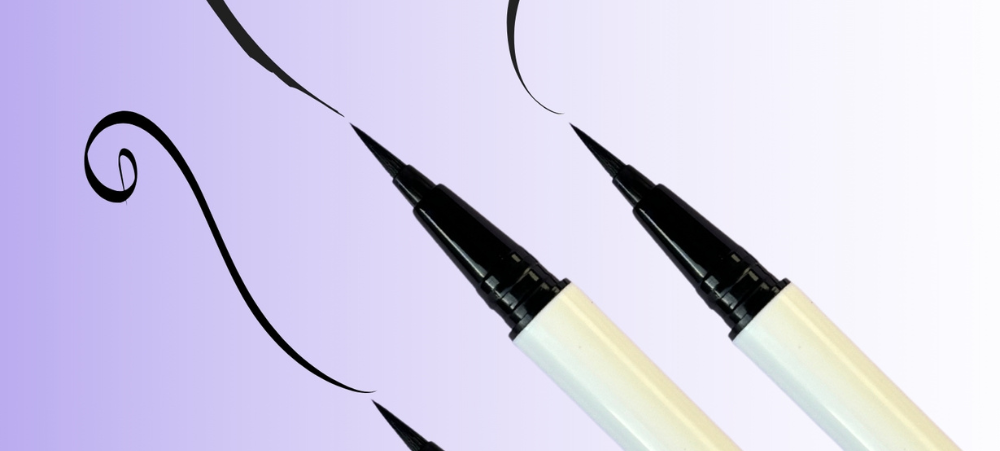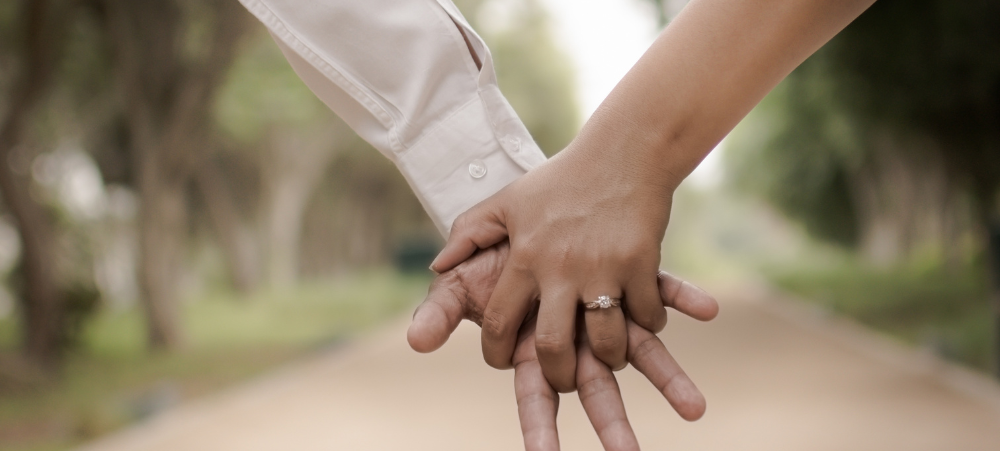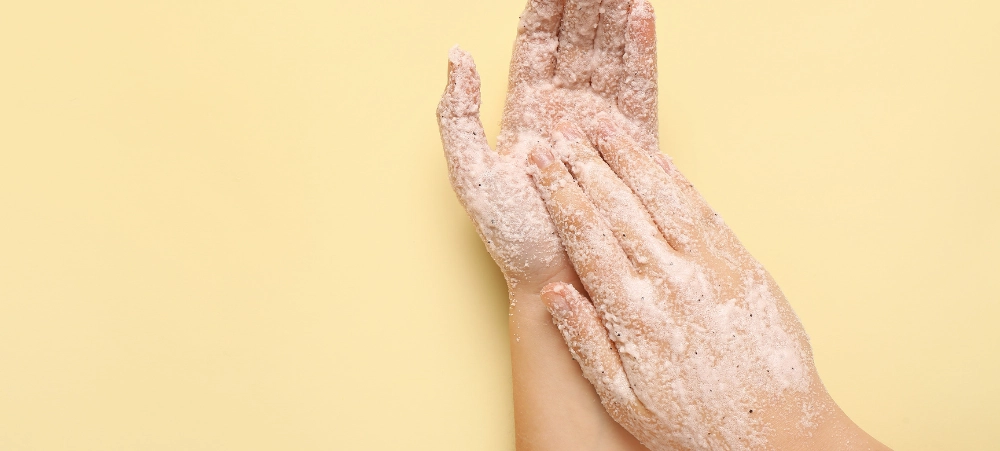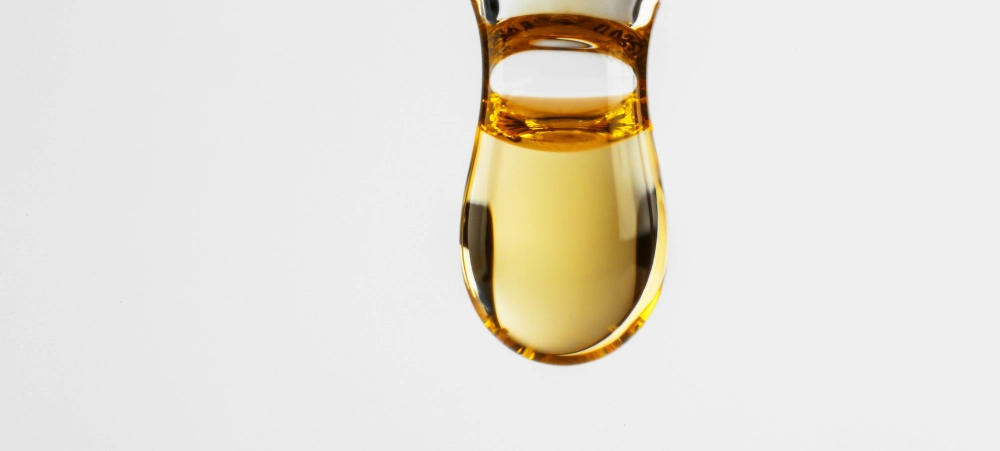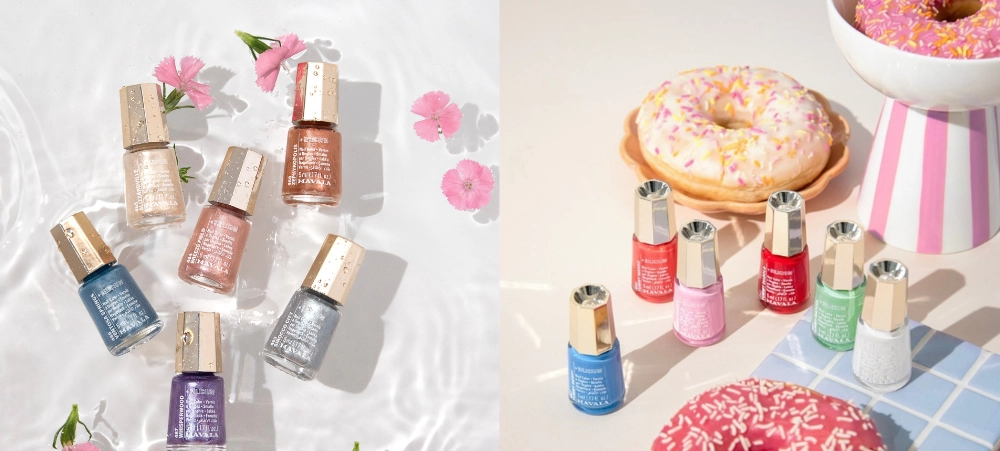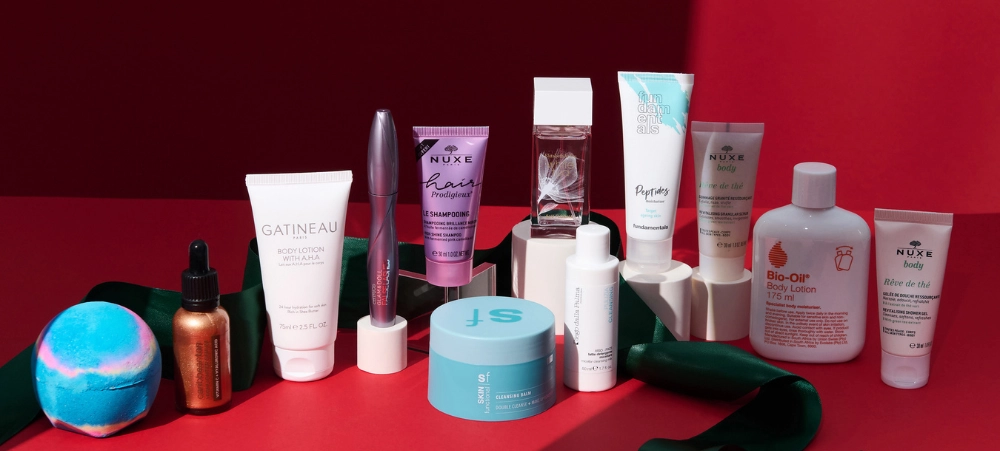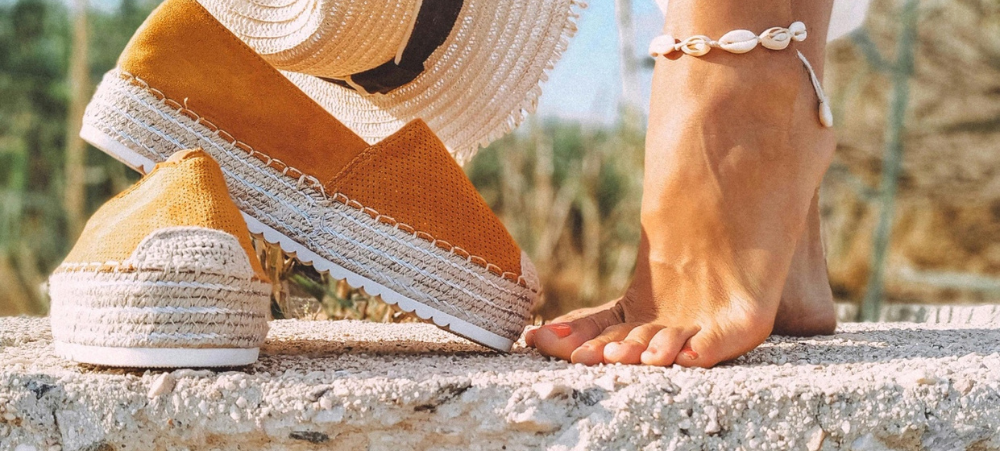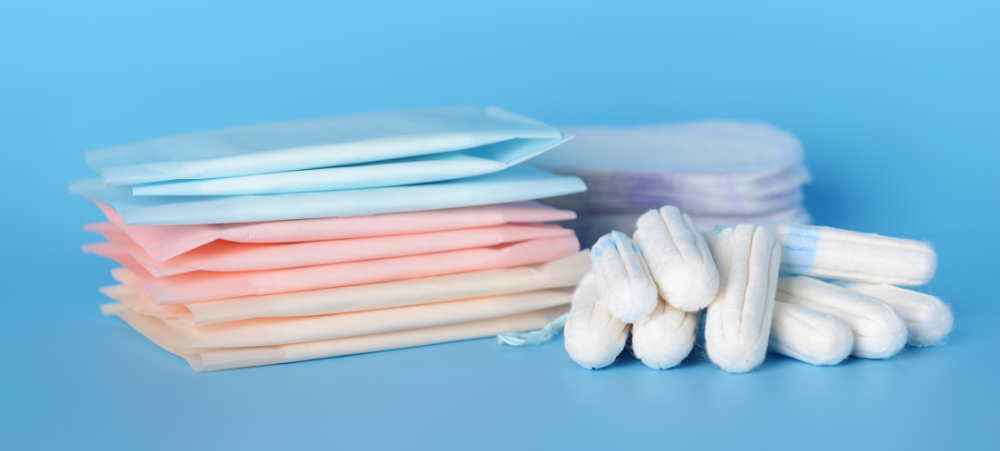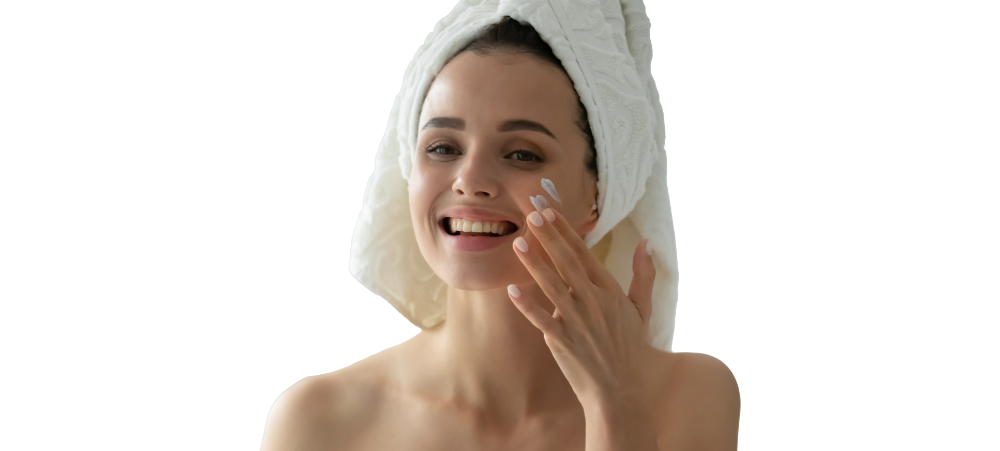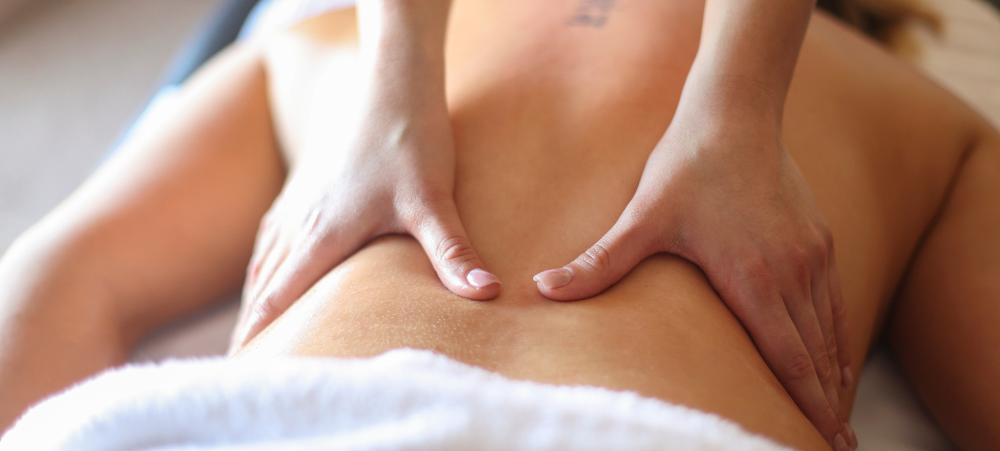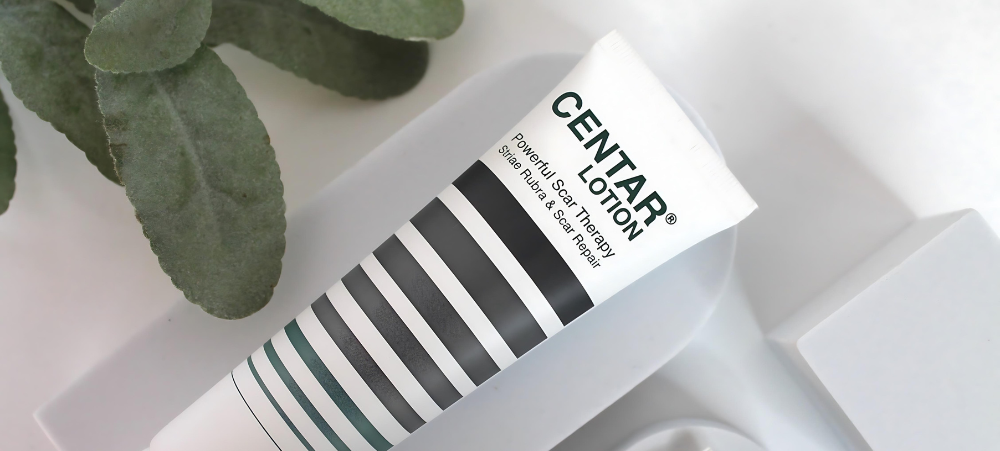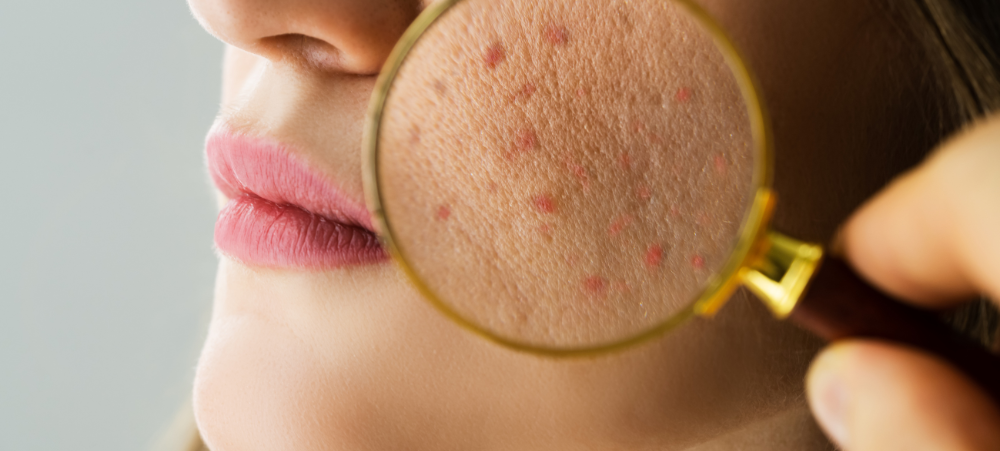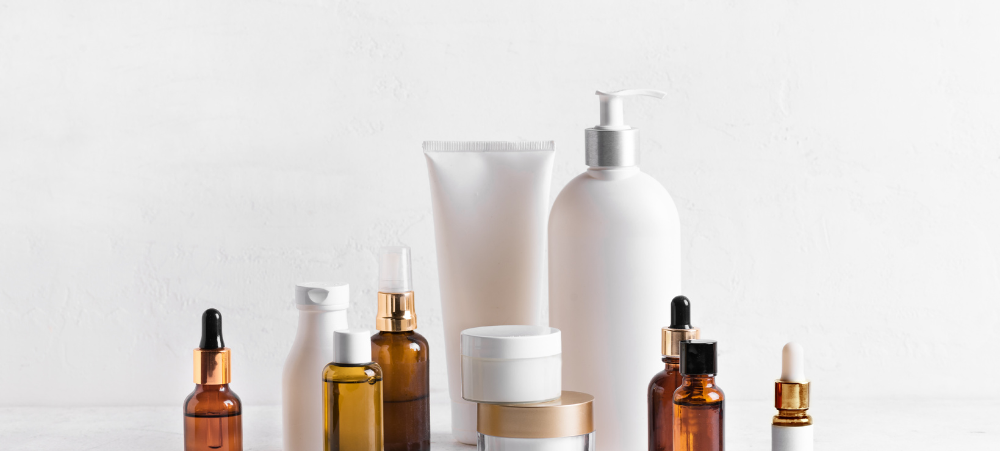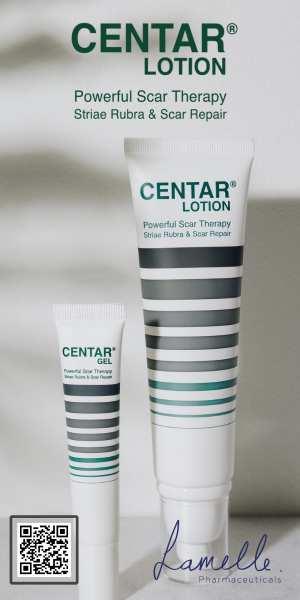E45 has long been the source of solace for those with dry, sensitive, and eczema-prone skin, and now your favourite skin care experts have launched an impressive line-up of products just for face care. At a Glance Think intense care for sensitive skin. Think skin repair and recovery. Think skin that feels soothed, soft, and nourished, that looks plump and youthful. Ultimately, E45’s range is designed to answer your yearning for healthy, beautiful skin. Five New Face Care Products E45’s new face care range is a comprehensive line-up of five new products that support the unique needs of different skin types. Starting with a gentle foaming cleanser, the range also includes a daily protect moisturiser complete with SPF 30, a nourishing night cream, an instantly boosting hydrating serum, and a lip balm that’s so versatile, you can even use it to smooth and replenish small dry areas. Face Foaming Cleanser The NEW E45 Face Foaming Cleanser is a wonderfully refreshing foam that thoroughly cleanses,1a reaching deep into your pores to remove the build-up of dirt, impurities, and make-up without compromising your skin’s natural moisture barrier.1b It’s gentle on your delicate skin,1c helping it stay plump and youthful,1d and leaving it feeling soothed, hydrated, and nourished.1e Nice to know: dermatologically tested, perfume-free, and suitable for dry, sensitive, and eczema-prone skin. This gentle cleanser also contains helichrysum oil,1f which helps reduce inflammation of the skin.1g Daily Protect Moisturiser The NEW E45 Daily Protect Moisturiser with SPF 30, UVA and UVB filters2a is an intensely hydrating2b face cream that soothes, softens, and protects sensitive skin from everyday pollutants.2c This moisturising gem contains three emollient ingredients2d that lock in moisture throughout the day, helping to restore your natural skin barrier2e and giving you long-lasting hydration2f while Vitamin E2g gives it that anti-aging boost.2h And for all this, it has a surprisingly lightweight texture that won’t clog or block your pores.2i Nice to know: dermatologically tested, perfume-free, vegan, and suitable for dry, sensitive, and eczema-prone skin. It reduces itchiness throughout the day,2j and 9 out of 10 agree it makes their skin look and feel healthier.2k Night Cream The NEW E45 Face Night Cream is another intensive moisturising3a cream. This one promotes skin recovery3b from the damage of the day. Formulated with five deeply nourishing oils3c and a high concentration of antioxidants,3d this nourishing night cream is designed to hydrate, soften, and replenish, restoring the skin barrier overnight.3e And just like their daily moisturiser, E45’s night cream is quick-to-absorb and lightweight, so it won’t block your pores.3f Nice to know: dermatologically tested, perfume-free, vegan, and suitable for dry, sensitive, and eczema-prone skin. This overnight dream cream also improves your skin’s elasticity,3g speeds healing,3h and stimulates the growth of new cells.3i Face Serum The NEW E45 Hydrating Face Serum instantly boosts skin hydration4a and has an impressively long-lasting moisturising effect.4b Gentle and non-greasy,4c this little wonder gives your skin an instant 48-hour hydration boost as it contains hyaluronic acid,4d leaving your skin 55% more hydrated,4e and helps to restore its natural barrier.4f Its clinically proven triple moisturising complex4g includes sea water and microalgae that forms a “protective skin” remarkably similar to our own, human skin.4h Nice to know: dermatologically tested, perfume-free, vegan, and suitable for dry, sensitive, and eczema-prone skin. This is another standout face care product from E45 that’s intensely hydrating without clogging your pores.4i Multi-Purpose Lip Balm The NEW E45 Lips & Dry Spots Balm is especially formulated for chapped, cracked lips,5a as well as for small, dry, skin patches on the body and hands.5b Made with highly purified lanolin,5c Vitamin E,5d and beeswax,5e this versatile little number helps your lips and skin to regenerate,5f leaving your skin feeling hydrated, soft, and supple.5g You can even use this balm under the eyes and around your mouth to smooth fine lines,5h as a brow gel, or even to create subtle highlights. Nice to know: dermatological skincare, perfume-free, paraben-free, and suitable for use on the body, face, and hands, and by the whole family. It comes in a nifty little travel-size tube that’s ideal for on-the-go applications. The NEW E45 face care product range is available from selected independent pharmacies, Clicks and Dis-Chem stores. The range is also available from Takealot. For more information, visit E45 and join the conversations on Facebook, YouTube, Tik Tok and Instagram. References : E45 Cleanser Final Claims Grid, October 2021. E45 SPF Day Cream Proof of Effect, December 2022. E45 Face Night Cream Proof of Effect, January 2023. E45 Hyaluronic Acid Serum Claim Support, January 2023. E45 Lips & Dry Spots Balm Proof of Effect, December 2023. Adcock Ingram Healthcare (Pty) Ltd. Reg. No. 2007/019928/07. Private Bag X69, Bryanston, 2021, South Africa. Customer Care: 0860 ADCOCK/232625. www.adcock.com. 202407101016572. July 2024.





